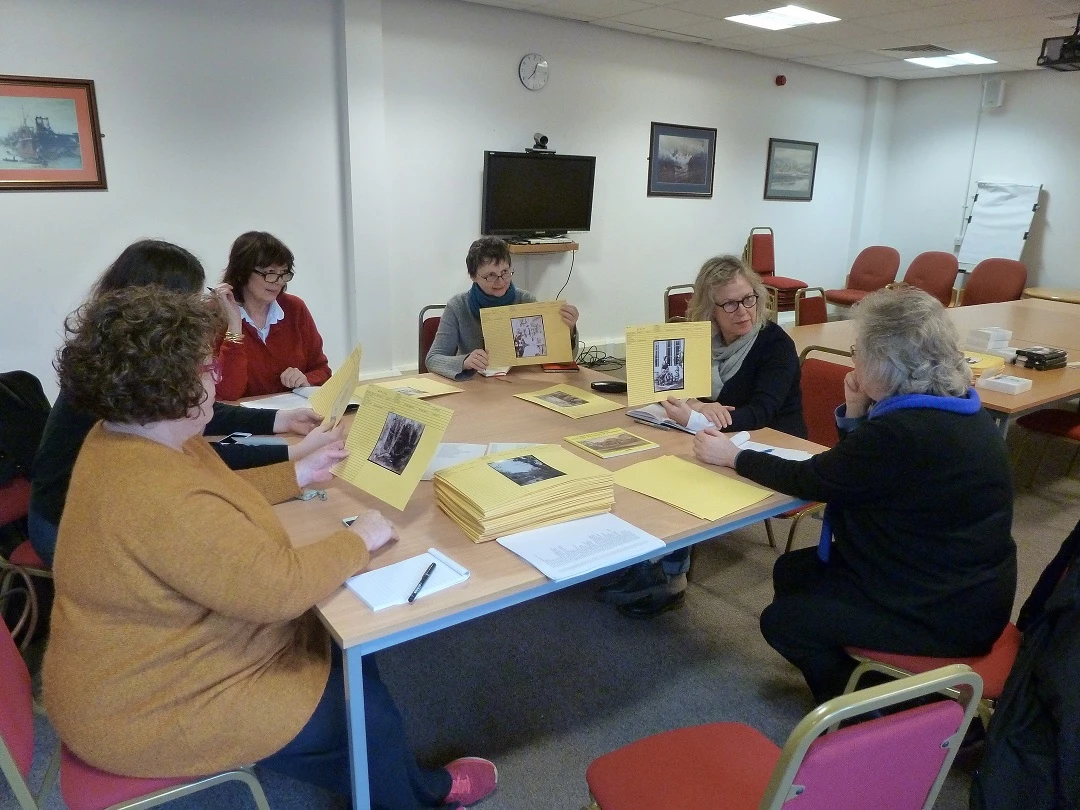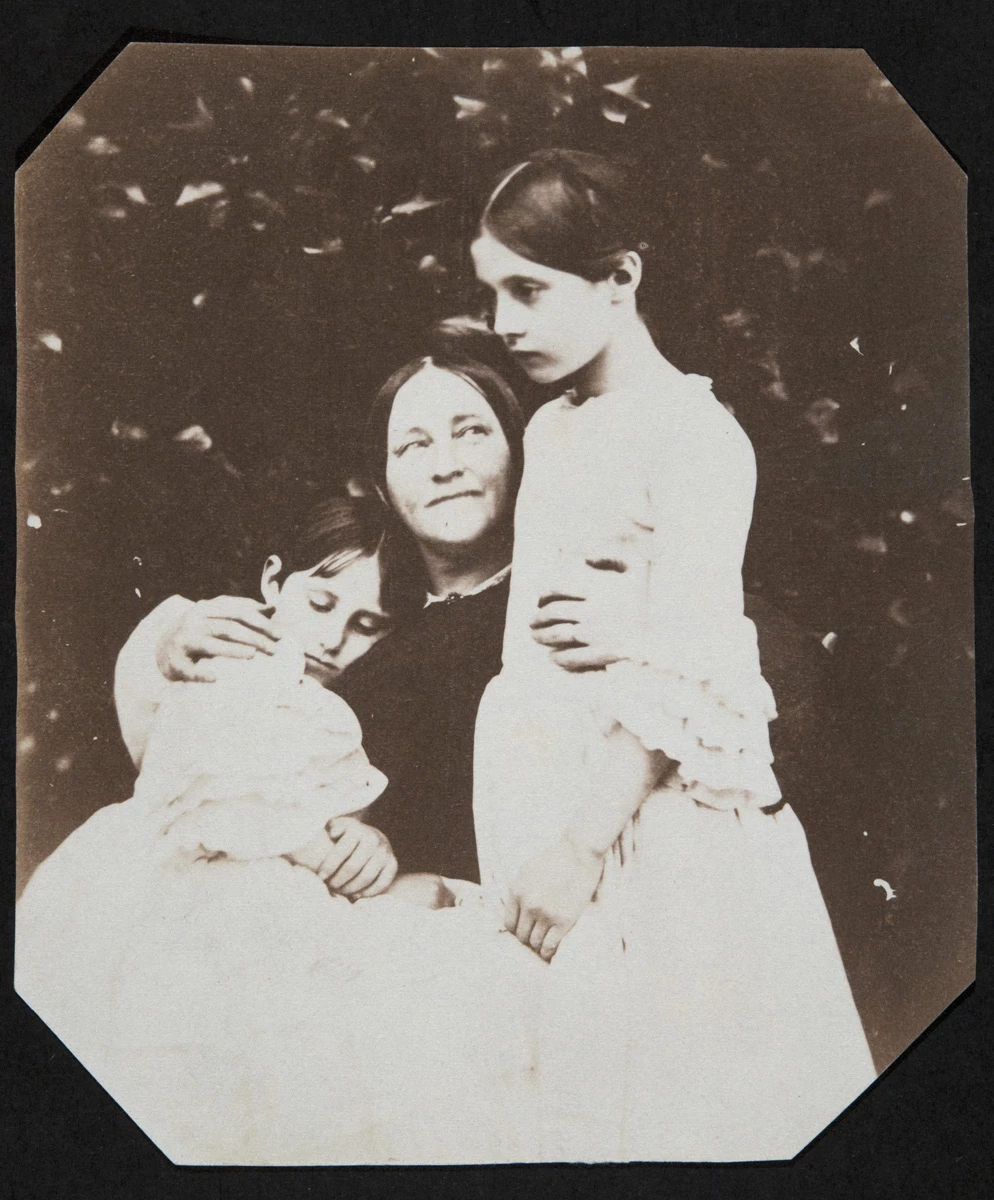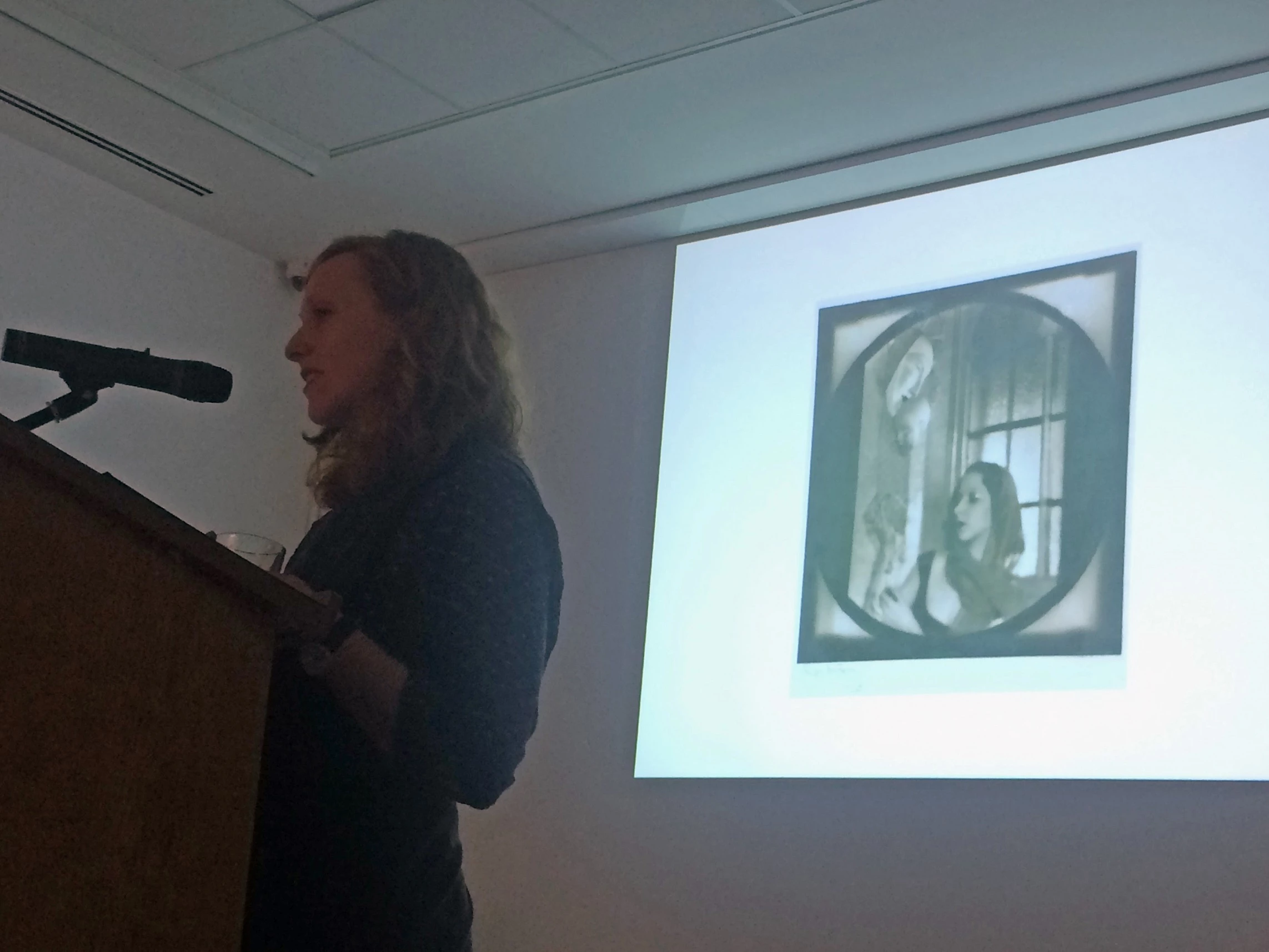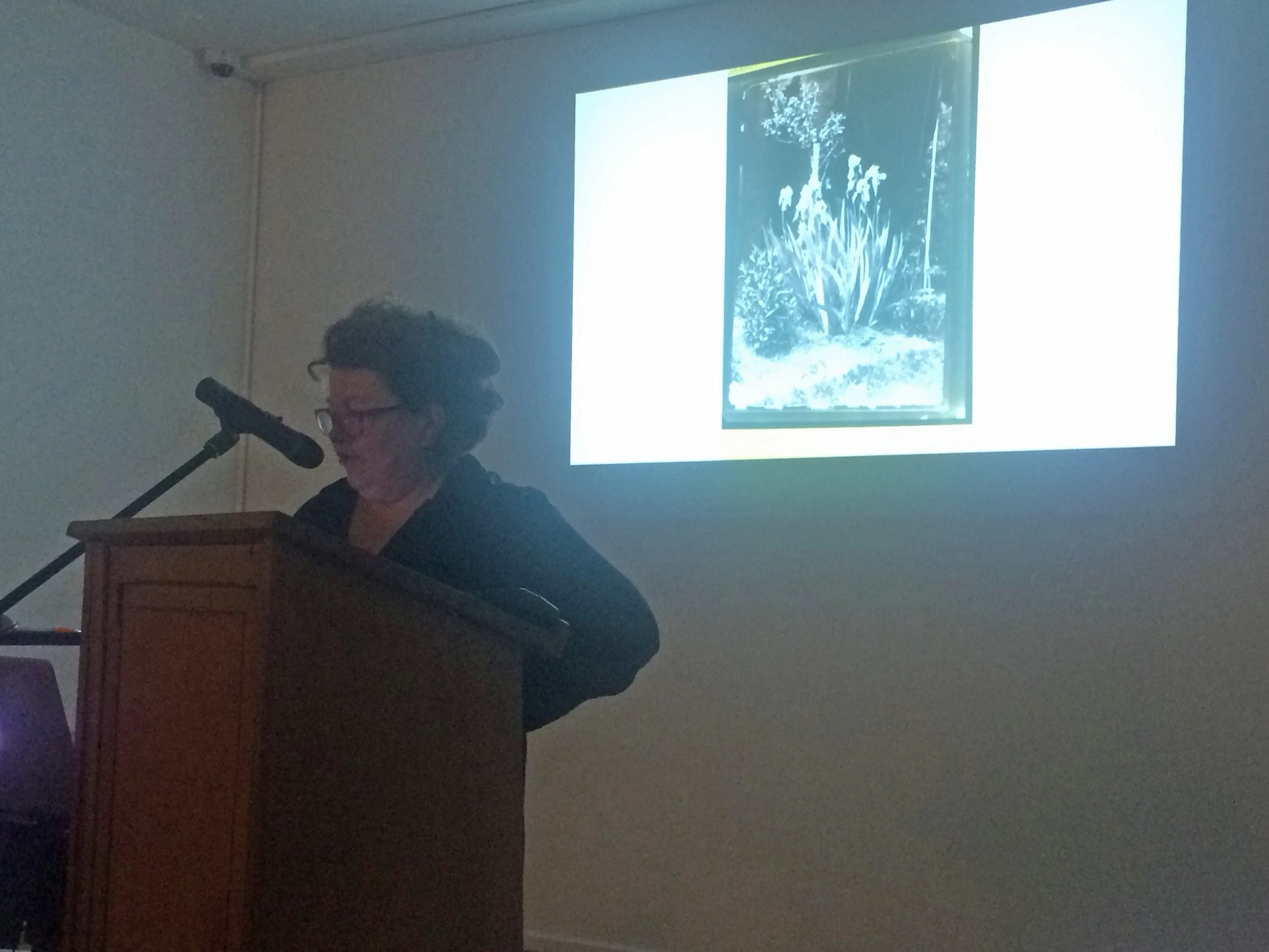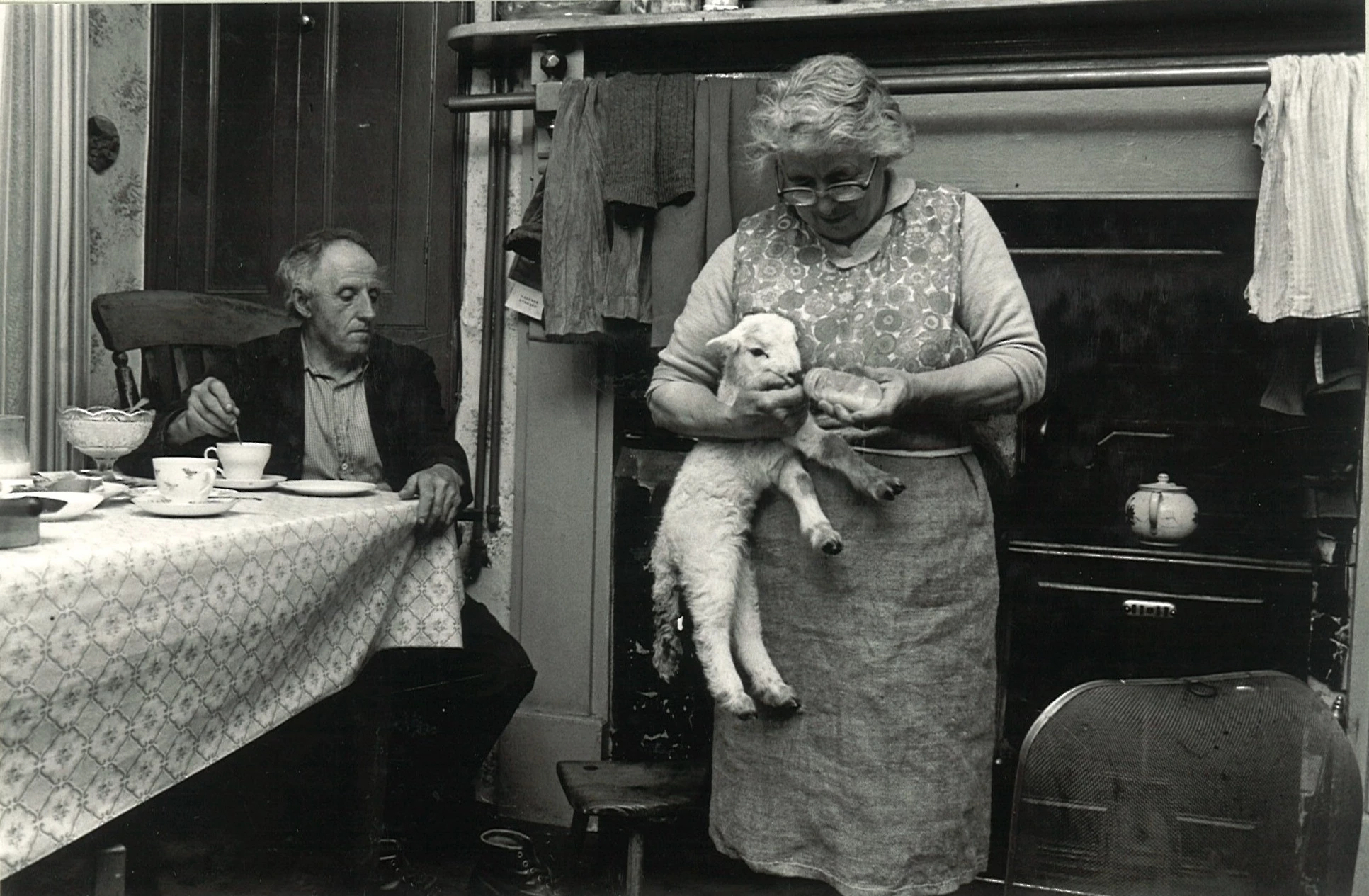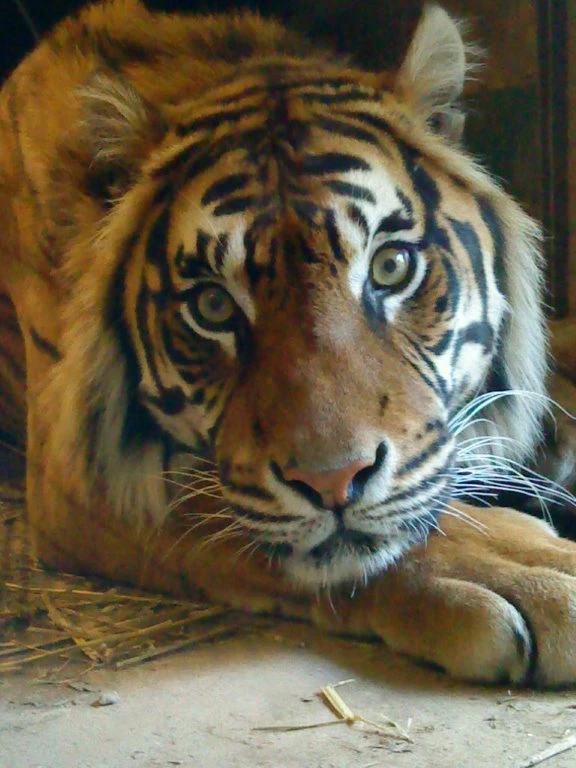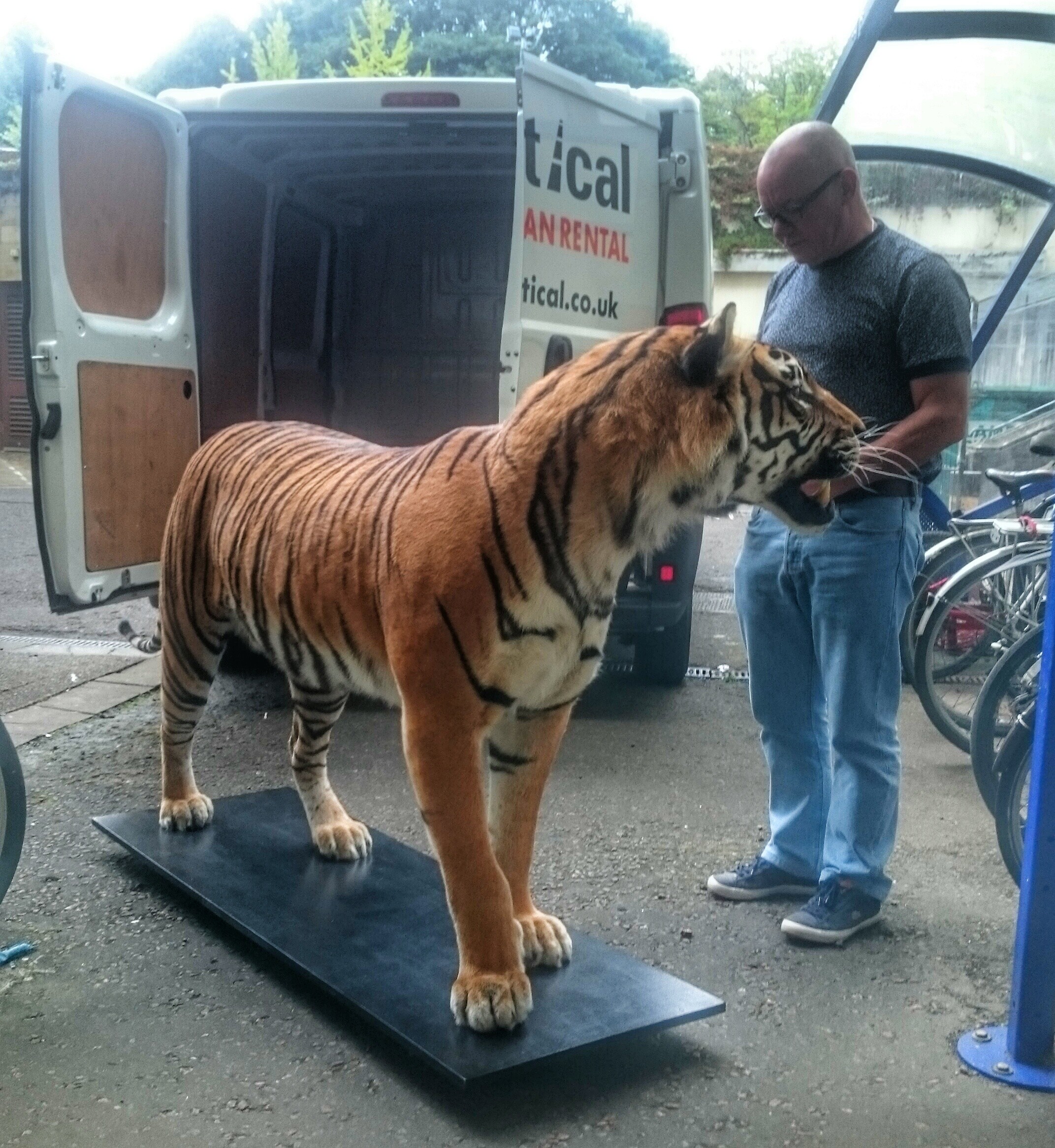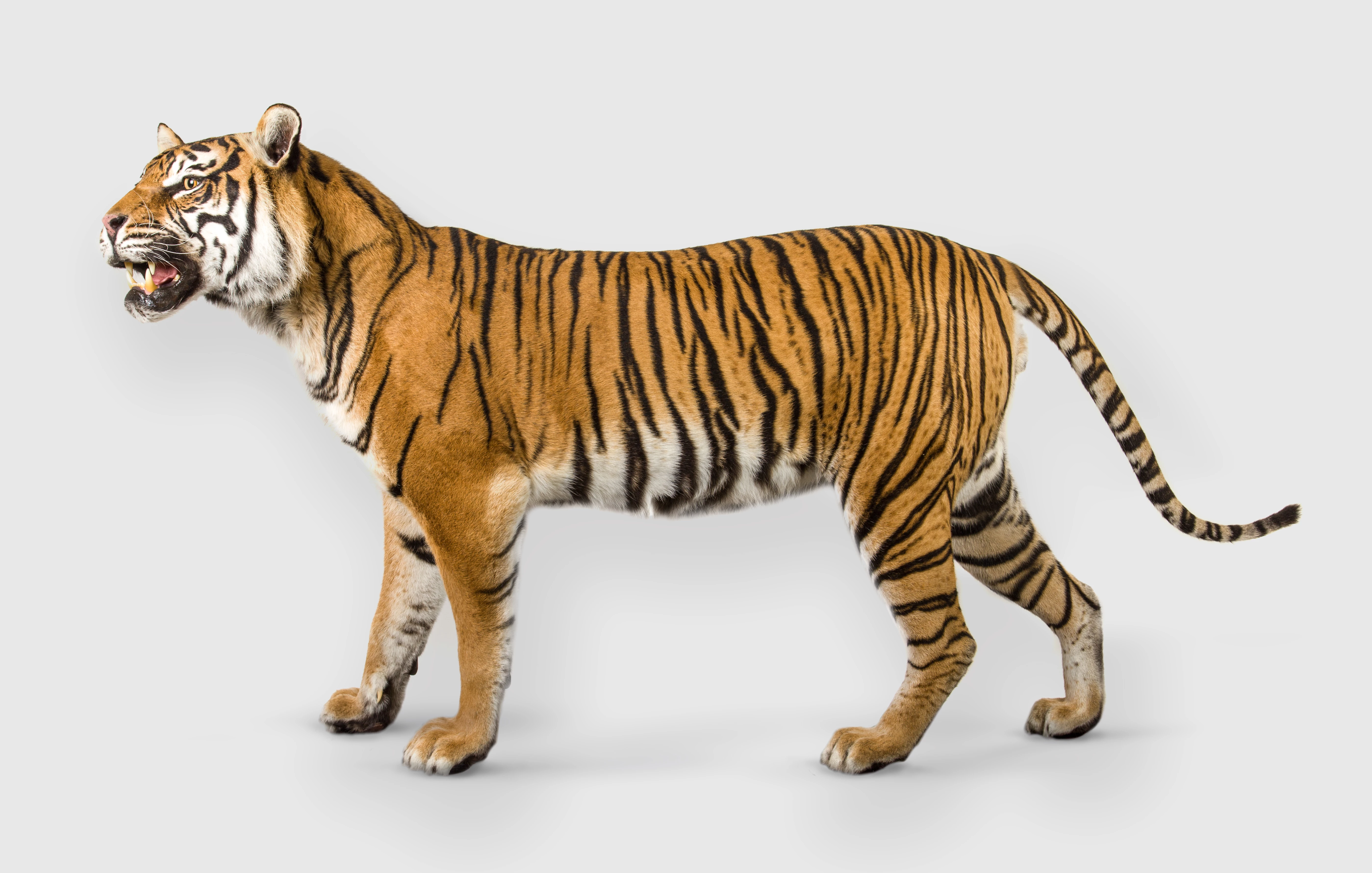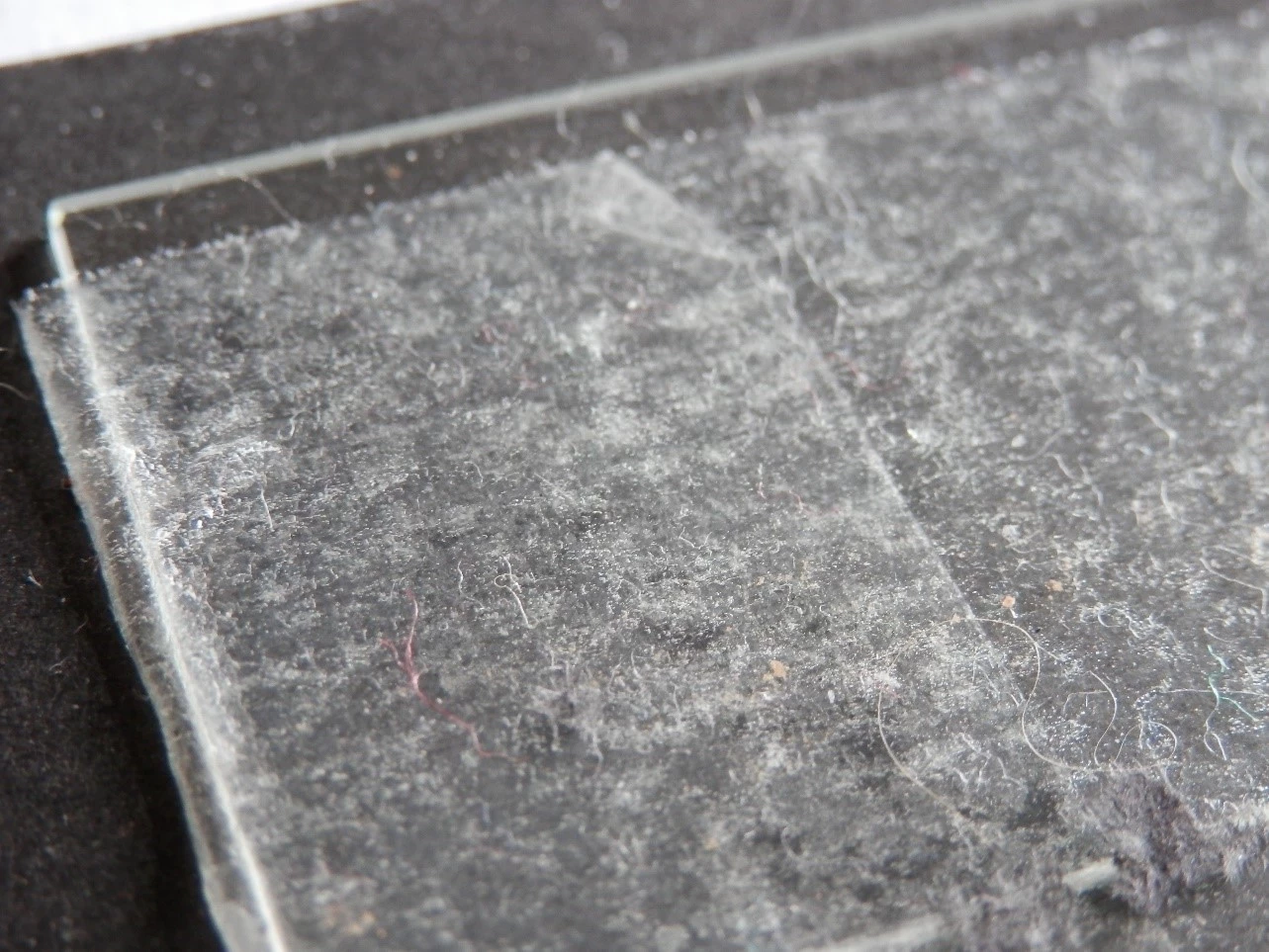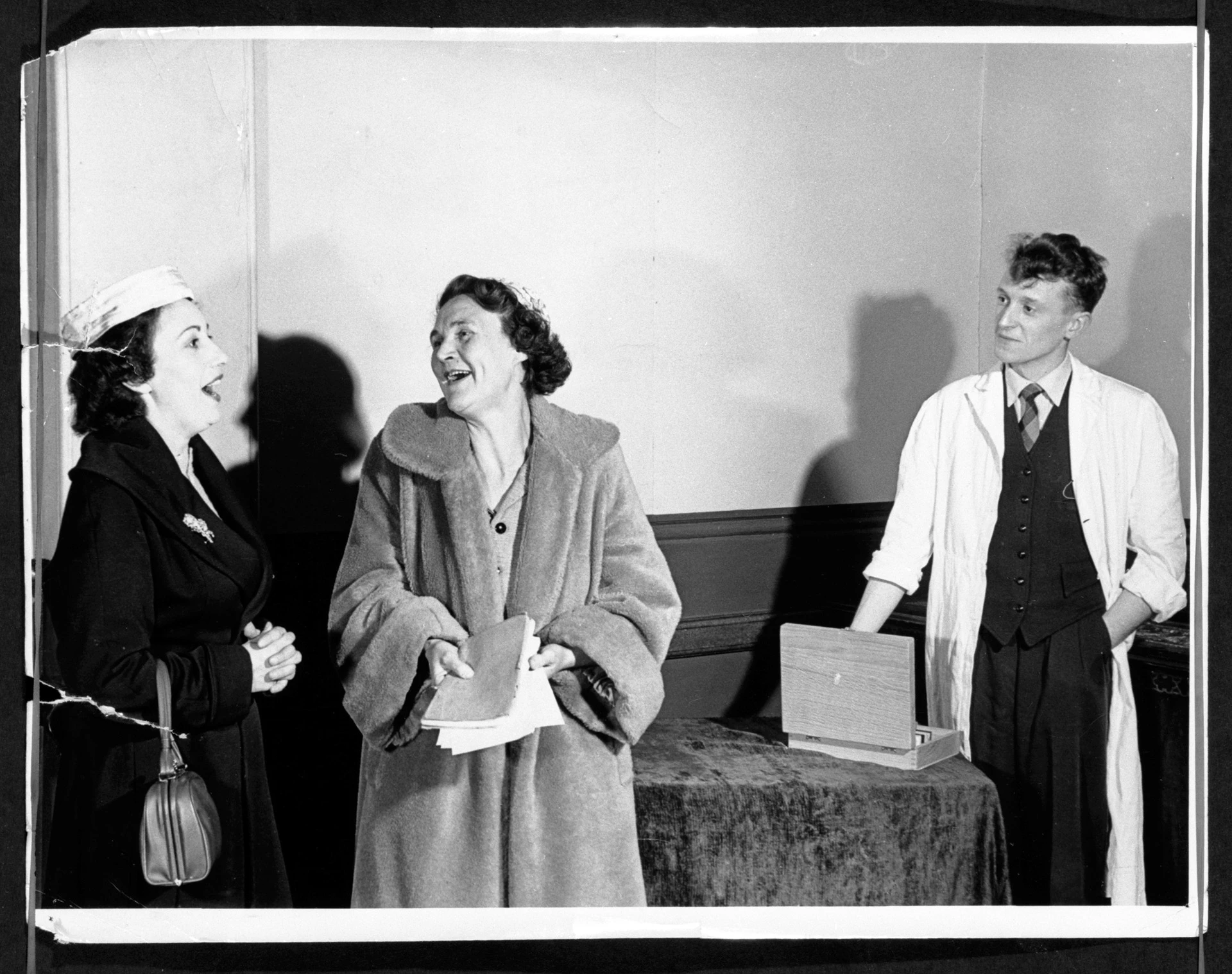The Moon and a Smile
, 20 March 2017
Amgueddfa Cymru – National Museum Wales has loaned 25 photographs from the John Dillwyn Llewelyn collection for the exhibition, A Moon and a Smile, which runs from 4 March to 23 April 2017 at the Glynn Vivian Art Gallery, Swansea. The exhibition responds to a period in the 1840s and 1850s, when Swansea was at the centre of early experiments in photography worldwide. In particular, the Dillwyn family circle was prolific in the development of photography, especially Mary Dillwyn and John Dillwyn Llewellyn.
Commissioned by the Glynn Vivian, the exhibition features new work by nine international artists including Helen Sear, Anna Fox, Sharon Morris and Sophy Rickett, alongside a display of 19th century photography by members of the Dillwyn family circle. The commissions have been created in response to collections held at Amgueddfa Cymru, National Library of Wales and Swansea Museum.
Amgueddfa Cymru’s involvement in the exhibition began back in February 2015, when Mark Etheridge (Curator: Industry & Transport) led a workshop on the photography of the Dillwyn Llewelyn family held at the National Collections Centre, Nantgarw. The workshop focused on the work of John (a Welsh pioneer in early photography), but especially the photography of his sister Mary Dillwyn and his daughter Thereza, two of the first female photographers in Wales.
This link is for the exhibition page at the Glynn Vivian
You can find out more about John Dilwyn Llewelyn and the collection here
The Lure of the Archive symposium
To coincide with the opening of the exhibition, The Lure of the Archive symposium was organised by Falmouth University in conjunction with the exhibition A Moon and a Smile. Through presentations and discussions the symposium explored the challenges and strategies of artists, curators and writers in approaching and engaging with historic photographic collections and archives. Bronwen Colquhoun (Senior Curator of Photography) and Mark Etheridge participated in this symposium, and talked about both the Art and Industry photographic collections. The symposium was held on the 4th March 2017 at the Glynn Vivian Art Gallery.
Speakers included exhibiting artists – Greta Alfaro, Anna Fox, Astrid Kruse-Jensen, Neeta Madahar and Melanie Rose, Sharon Morris, Sophy Rickett, Helen Sear, Patricia Ziad; and Helen Westgeest, Assistant Professor of Modern and Contemporary Art History and Photography Theory, Leiden University; writer, curator and artist, David Campany Westminster University; Bronwen Colquhoun, Senior Curator of Photography, National Museum Wales; Mark Etheridge, Curator, Industry and Transport, National Museum Wales; Paul Cabuts, Director, Institute of Photography, Falmouth University; Jenni Spencer-Davies, Director, Glynn Vivian Art Gallery, Katy Freer, Exhibitions Organiser, Glynn Vivian Art Gallery and freelance curator Kate Best.
